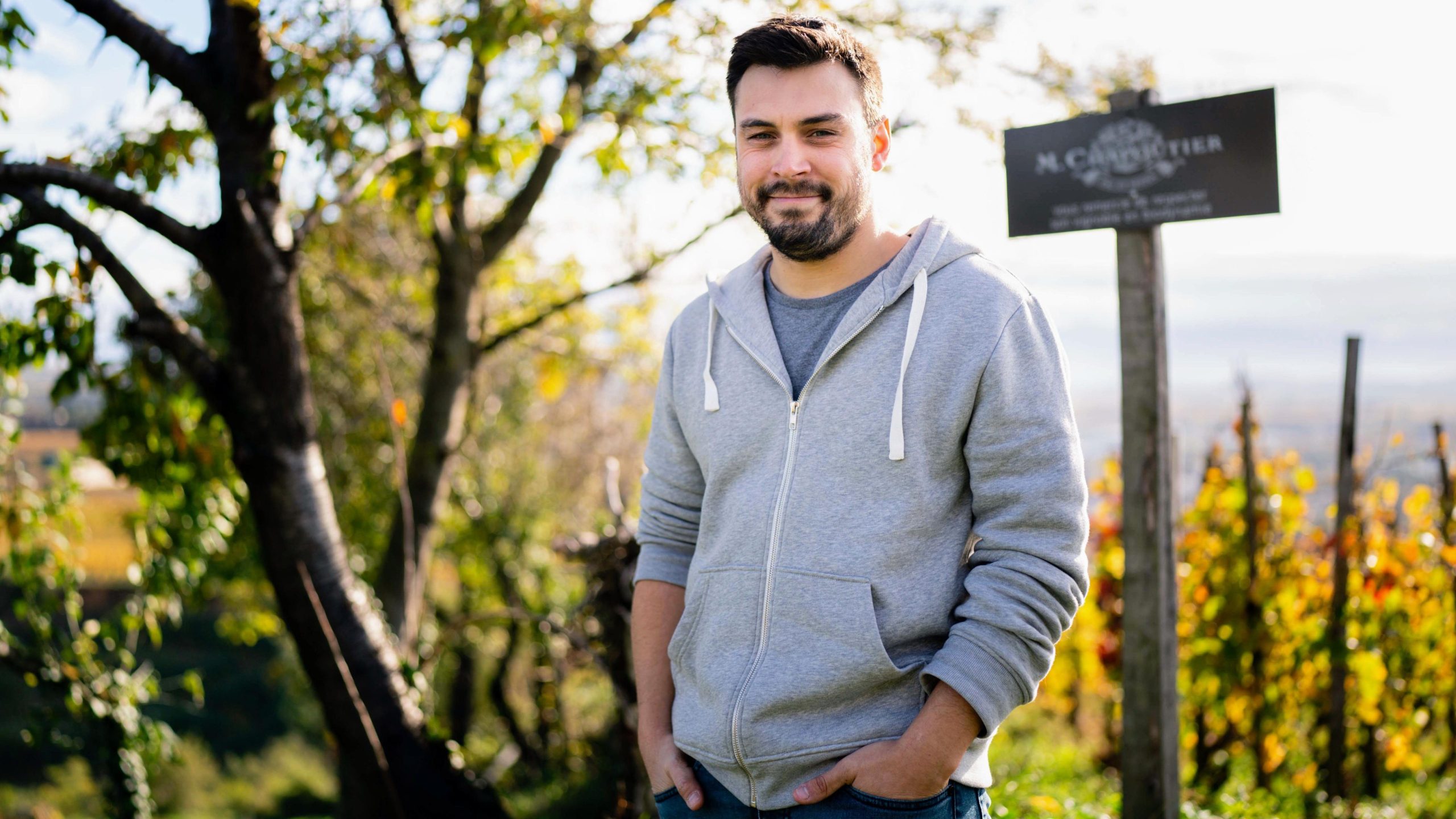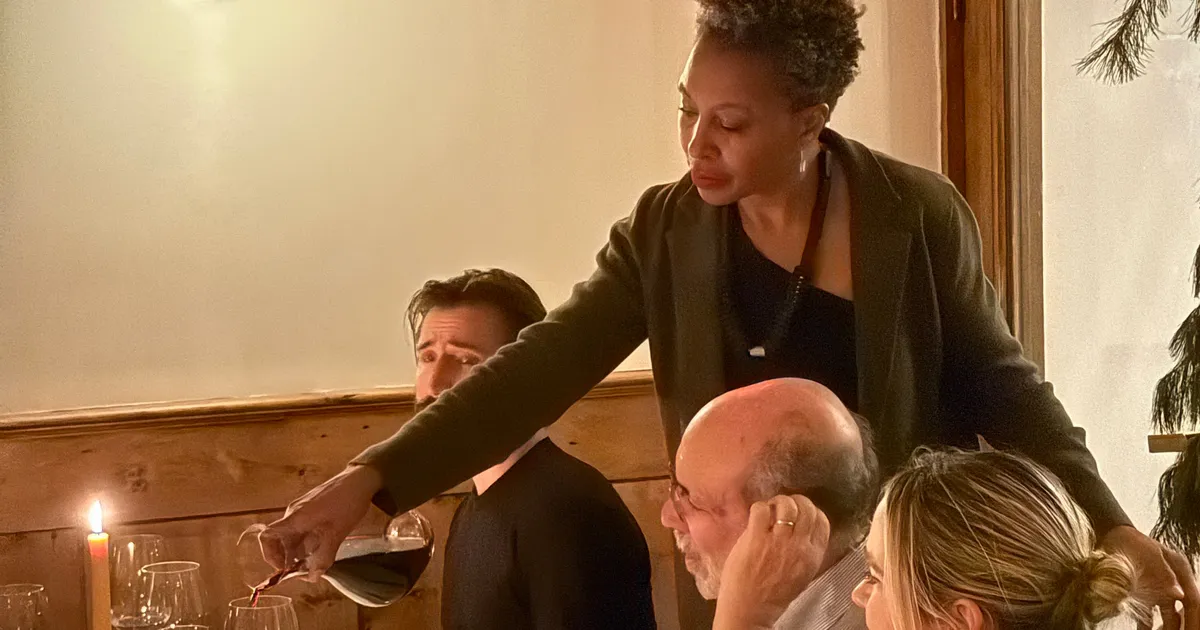Winemaker Maxime Chapoutier’s innovative wines have sparked debates about tradition and globalization in winemaking. These two wines, a red and a white, blend French and Australian base wines, which are illegal under EU laws prohibiting cross-border grape combinations. France’s strict adherence to “terroir” – the environmental factors influencing wine – clashes with Chapoutier’s modern approach. Despite potential backlash in his homeland, Chapoutier views this as an opportunity to challenge conventions and spark progress in the wine industry.
Brexit has allowed Chapoutier to bypass EU wine regulations and sell these innovative blends in the UK. Partnering with The Wine Society, the wines, named Hemispheres Red and White, feature a blend of French and Australian grape varieties. Components of these wines are shipped in bulk to the UK, reducing environmental impact compared to transporting bottled wine. This novel approach is not just a rebellion against tradition but a pragmatic move toward accessibility and sustainability in winemaking.
Challenges to Traditional Winemaking
France’s winemaking ethos is deeply rooted in its terroir and strict appellation systems, which value regional identity and purity. Chapoutier, however, argues for adaptation to appeal to modern consumers who often find these rules overly complex. By embracing international blends, he hopes to make wines more relatable and environmentally conscious. Critics worry that such blends dilute the essence of terroir, yet proponents see them as a means to modernize and expand the wine industry’s appeal.

Chapoutier’s initiative aligns with trends from other producers like Penfolds, an Australian company blending grapes from different continents.
While such blends are banned in the EU, they are gaining popularity in markets like the UK, US, and Australia. Opinions remain divided: some, like winemaker Jas Swan, fear these blends could lead to mass-produced, low-quality wines. Others, including wine writer Jamie Goode, see them as a creative way to explore new flavors and broaden consumer options.
Critics and Advocates of Innovation
Reactions to cross-continental blends are varied. Critics, including master of wine Peter Richards, express skepticism, labeling them as novelties lacking depth. Others, like Jamie Goode, acknowledge the skill required to craft quality wines from such disparate origins. Chapoutier himself believes that innovation can coexist with tradition and that blending wines from different terroirs does not inherently undermine their quality or authenticity.
The creation of Hemispheres wines symbolizes a forward-looking approach to winemaking. Pierre Mansour of The Wine Society highlights that such innovations address climate change impacts and reduce carbon footprints. While traditionalists may resist, these blends reflect changing consumer preferences and the wine industry’s need to evolve. Chapoutier and like-minded producers are paving the way for a new chapter in global winemaking, balancing respect for tradition with the demands of modernity and sustainability.


